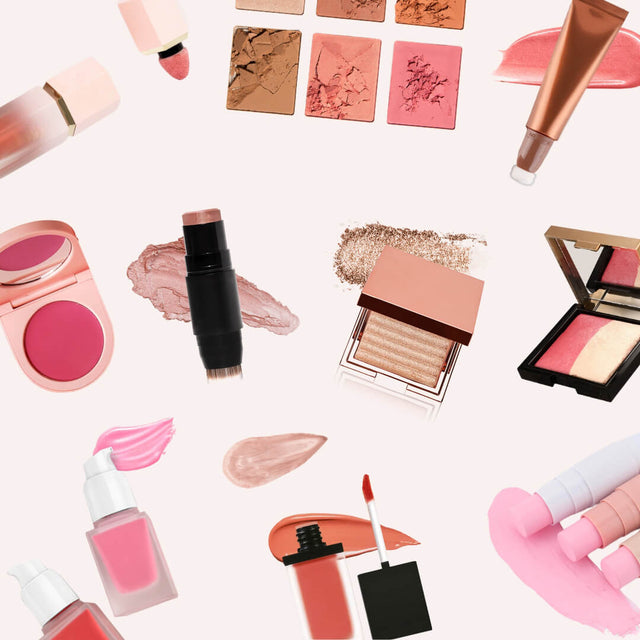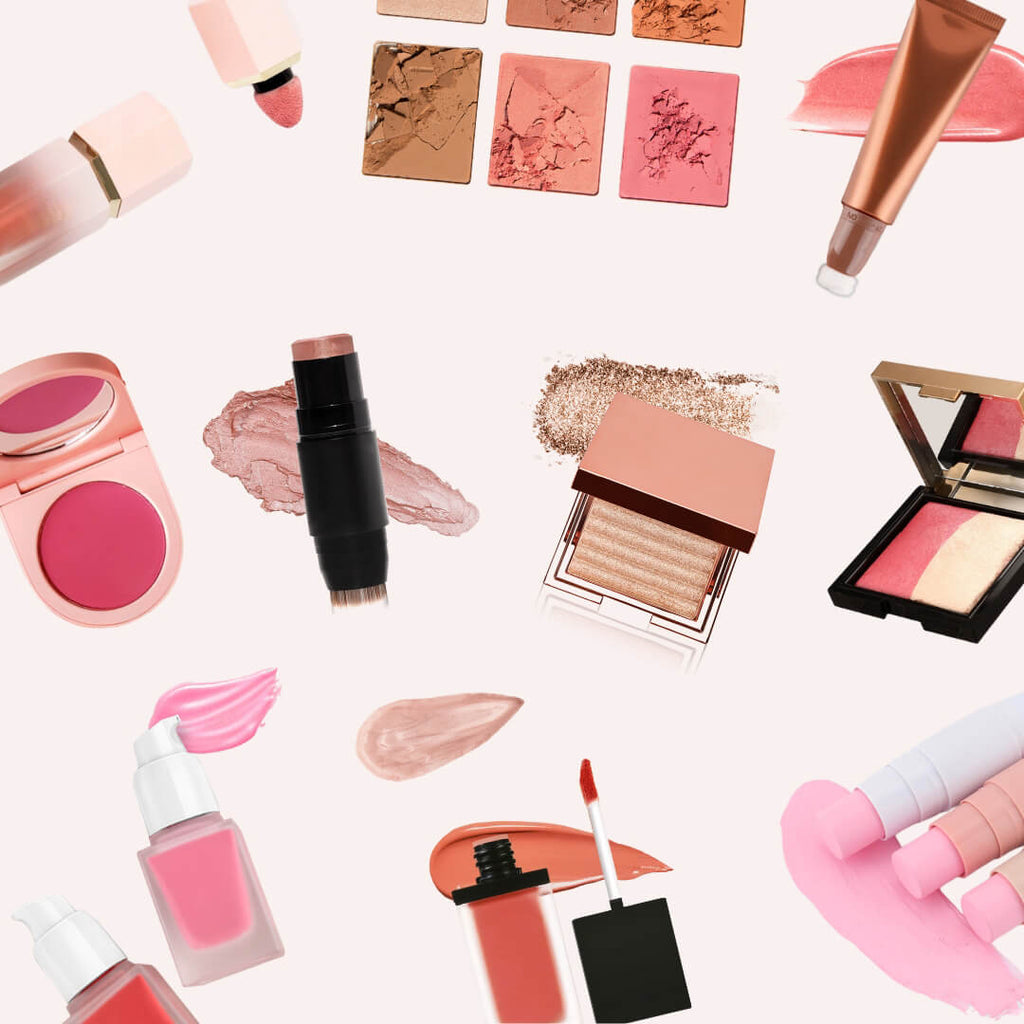
From Sketch to Shelf: A Private Label Lip Liner Roadmap — Vegan Formulas, Low-MOQ Strategies & Packaging Hacks
Ultimate Guide to Launching a Private Label Lip Liner Like a Pro
Why Lip Liner is Your 2024–2025 Brand Launchpad (+Verified Trend Data)
Lip liner is a focused, low-complexity product that punches above its weight: compact SKUs, strong margins, and high perceived value. For founders with limited capital, it’s a compelling private label entry point. Market momentum for clean, long‑wear and vegan lip products is strong:
- According to NPD Group (Q1 2024), consumer interest in long-wear lip categories increased substantially year-over-year, driven by performance claims and transfer-resistance.
- Statista data in 2024 shows growth in premium color cosmetics sales in online channels, with indie brands gaining market share through direct-to-consumer launches.
- Global consumer research (2023–2024) indicates vegan and cruelty-free claims consistently outperform baseline purchase intent among Gen Z and Millennial buyers.
These data points make launching a private label lip liner with a clear vegan positioning a timely strategy. Nail the formula, packaging and color edit and you can scale quickly into matching lipsticks and glosses.
Step 1: Formula Foundations - What Beginners MUST Know
Start with performance priorities: glide, pigmentation, precision and longevity. For a true vegan lip product, exclude beeswax, carmine and lanolin and opt for plant-based alternatives.
-
Core ingredients you’ll use:
- Plant waxes: candelilla, carnauba for structure.
- Emollients: hydrogenated vegetable oils, caprylic/capric triglyceride for slip.
- Pigments: iron oxides, titanium dioxide (for opacity), and synthetic lakes for vivid shades.
- Film formers: low concentrations of PVP or natural alternatives for transfer resistance.
- Antioxidants: tocopherol to protect oils.
-
Actionable checklist — Formula Starter:
- Decide vegan policy: 100% plant-derived wax base (candelilla) and vegetable esters.
- Set pigment load: 6–10% for liners; adjust per shade during lab sampling.
- Include a film former at 0.5–1% for wear; balance with slip agents to avoid dragging.
- Run small-batch bench tests: slip, smear, transfer and first-site skin patch.
Never skip stability testing! Stability verifies color integrity, melt point and preservative performance. Without it you risk recalls and expensive replating.
Regulatory & Safety Essentials
Cosmetic regulations differ by market. Typical requirements include safety assessments, full ingredient listings (INCI), and sometimes product-specific notifications.
- EU: Cosmetic Product Notification Portal (CPNP) must be used for sales in EU/EEA.
- US: Ensure compliance with FDA regulations for labeling and do a cosmetic safety assessment.
- Always maintain a Product Information File (PIF) with safety data, stability results, and manufacturing batch records.
Step 2: Packaging That Sells - Budget to Luxury Options
Packaging choices affect unit cost, MOQ and consumer perception. Your choice should align with brand positioning and capital constraints.
- Sharpenable pencil: Lowest tooling cost, simple filling process, great for starter runs (MOQ often 500).
- Retractable twist-up: Modern convenience, higher cost and typically higher MOQ (1,000+), better for premium positioning.
- Wood core vs. plastic barrel: Wood offers classic luxury cues but requires sharpening quality control; plastic retractable barrels reduce waste from sharpening but increase component cost.
-
Packaging hacks to reduce cost:
- Use unprinted bulk barrels and apply stickers or shrink sleeves to lower print setup costs.
- Bundle with a simple recycled cardboard sleeve instead of full-color boxes to save $0.30–$0.80 per unit.
- Negotiate multi-component deals with suppliers (barrel + cap + collar) to reduce per-unit pricing.
- Sustainable swaps: PCR plastics, sugarcane-based bioplastics and FSC-certified paperboard for sleeves.
-
Actionable checklist — Packaging Picks:
- Request free samples of barrels, caps and collars before finalizing design.
- Calculate total packaging cost including secondary packaging, UPC labels and inserts.
- Decide on sustainability claims and verify supplier certifications (PCR %, FSC, biodegradable claims).
Step 3: Color Selection Science - From Pantone to Profit
Think of shade selection like building a capsule wardrobe: each liner should anchor multiple looks. For a five-shade starter set, pick shades that cross seasons and complement a variety of skin tones.
- Five-starter palette (with Pantone approximations to confirm physically):
- Universal Nude — warm beige (Pantone 12-0815 TPX style)
- Cool Nude — soft ashy pink (Pantone 13-1405 TPX style)
- Rosy Mauve — dusty rose for everyday wear (Pantone 16-1511)
- Terracotta — warm brick for bronzed looks (Pantone 16-1359)
- Deep Berry — versatile evening liner (Pantone 19-1726)
-
Actionable checklist — Color Workflow:
- Define digital references and source Pantone chips for each shade.
- Approve physical bench swatches and check in multiple lighting conditions.
- Lock pigment recipe and record Lab (L*a*b*) values for QC control.
Step 4: Cost Control Tactics - Manufacturing Insider Tips
Understanding the numbers up front prevents margin surprises. Below are realistic figures and strategies to keep your unit economics healthy.
-
Example cost ranges (estimates):
- Basic sharpenable lip liner manufacturing: $0.75–$2.25/unit at MOQ ~500.
- Retractable mechanisms and printed casings: $1.50–$4.00/unit at MOQ 1,000+.
- Packing, labeling and secondary boxes: $0.20–$1.20/unit depending on customization.
-
Hidden cost alerts:
- Certification and testing (vegan certification, stability, microbiology) can add $500–$2,000 per SKU to initial spend.
- Shipping and customs can add 8–20% to landed cost depending on origin and incoterms.
- Packaging proofs and artwork rounds can add design agency fees if you outsource.
-
Actionable checklist — Budget Control:
- Start with 2–3 core shades at higher volume and launch 2 limited shades as testers.
- Use pre-orders to validate demand and finance first production run.
- Negotiate freight terms and ask suppliers for FOB and CIF quotes to compare.
Manufacturer's Corner: How We Make Lip Liner Development Painless
A reliable manufacturer reduces risk and speeds time-to-market. Here’s a practical timeline and the supplier vetting checklist.
-
Typical timeline:
- Week 0–2: Brief + sample request + NDA.
- Week 2–6: Lab development and bench samples (1–3 iterations).
- Week 6–10: Stability and microbiological testing initiated (3–12 weeks depending on protocol).
- Week 10–14: Packaging samples, artwork approval and pre-production run.
- Week 14–20: Full production, QC, and shipment (lead times vary by component availability).
-
5 critical questions to ask suppliers:
- What is your MOQ for sharpenable vs. retractable lip liners and for packaging variants?
- Can you produce vegan-certified formulas and supply supporting documentation?
- Do you offer in-house stability, microbiological and heavy metal testing?
- What is your typical lead time from sign-off to shipment for small-batch runs?
- Can you provide reference clients and sample packs for evaluation?
-
Red flags to watch for:
- Supplier refuses to provide lab test results or material safety data sheets.
- No willingness to supply component samples before ordering a full run.
- Overly long unexplained lead times without component-tracking transparency.
Quality Control & Post-Production Checks
QC is non-negotiable. You should plan for incoming inspection, in-process checks and final batch release documentation.
- QC steps:
- Raw material verification (pigment identity and batch certificates).
- In-process checks for melt point, color dispensation and barrel fill weight.
- Final batch testing for color accuracy, smear/transfer resistance and microbiology.
Go-to-Market & Scaling Tips
Once you have a market-ready product, focus on product education and pairing suggestions. Lip liner converts well when paired with demo content and matching lipsticks.
- Marketing tactics:
- Create before/after visuals showing definition and longevity.
- Bundle liners with a matching gloss or lipstick to increase AOV.
- Use mini-samples or travel sizes for subscriptions and influencer seeding.
Final Checklist Before You Ship
- Confirm full formula sign-off and retain batch records.
- Approve final printed packaging and barcode application.
- Ensure stability and microbiology reports are stored in your PIF.
- Schedule QA inspection at the factory prior to shipment.
- Review shipping incoterms and plan for customs clearance documentation.
Ready to Formulate?
Launching a private label lip liner blends creative vision with disciplined manufacturing planning. Keep your debut tight: focus on a vegan, high-performing formula, a five-shade capsule palette, cost-effective packaging and a supplier that provides transparency on MOQs and testing. Treat shade selection like a capsule wardrobe—versatile, season-proof and ready to pair with other SKUs.
Key takeaways: Start small, iterate fast and scale with real sales data. Never skip stability testing!
If you want hands-on support—from lab samples to small-batch production—request our lip liner starter kit and talk to our development team at [CONTACT PAGE].



